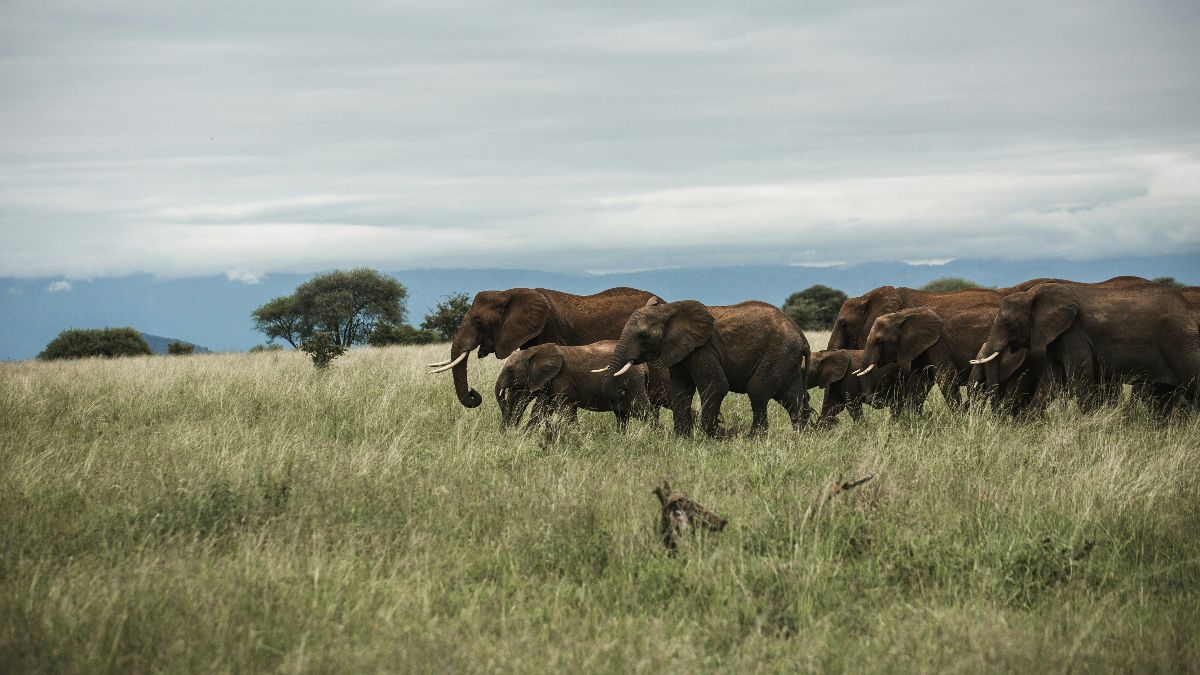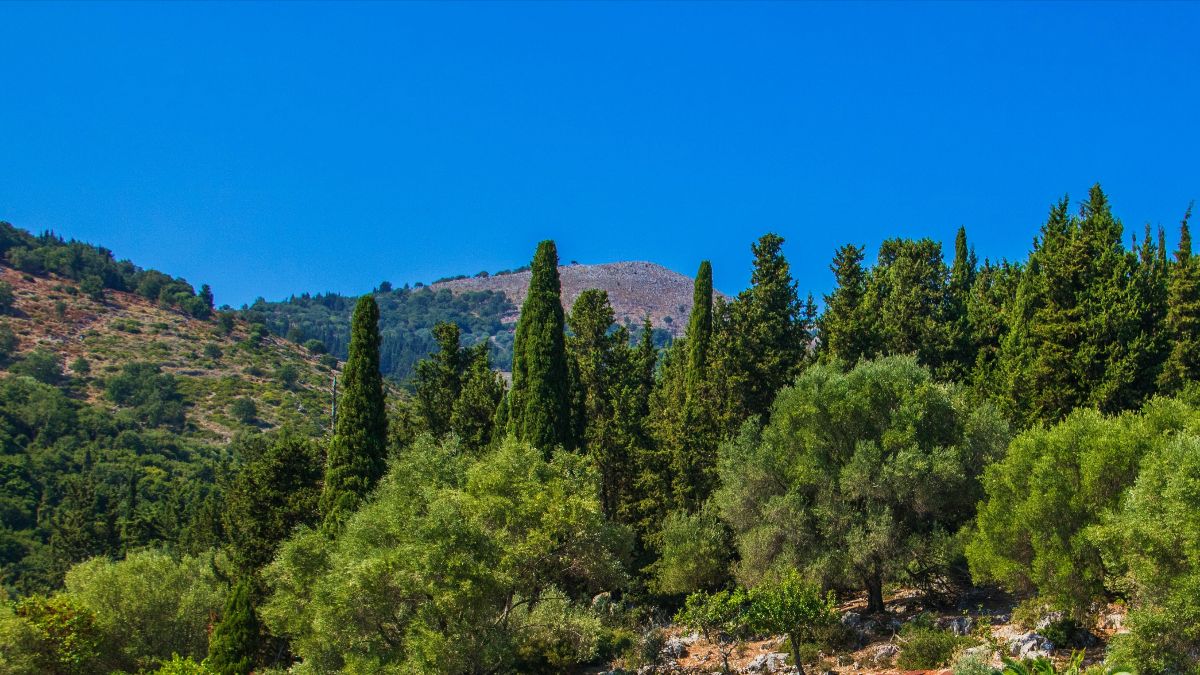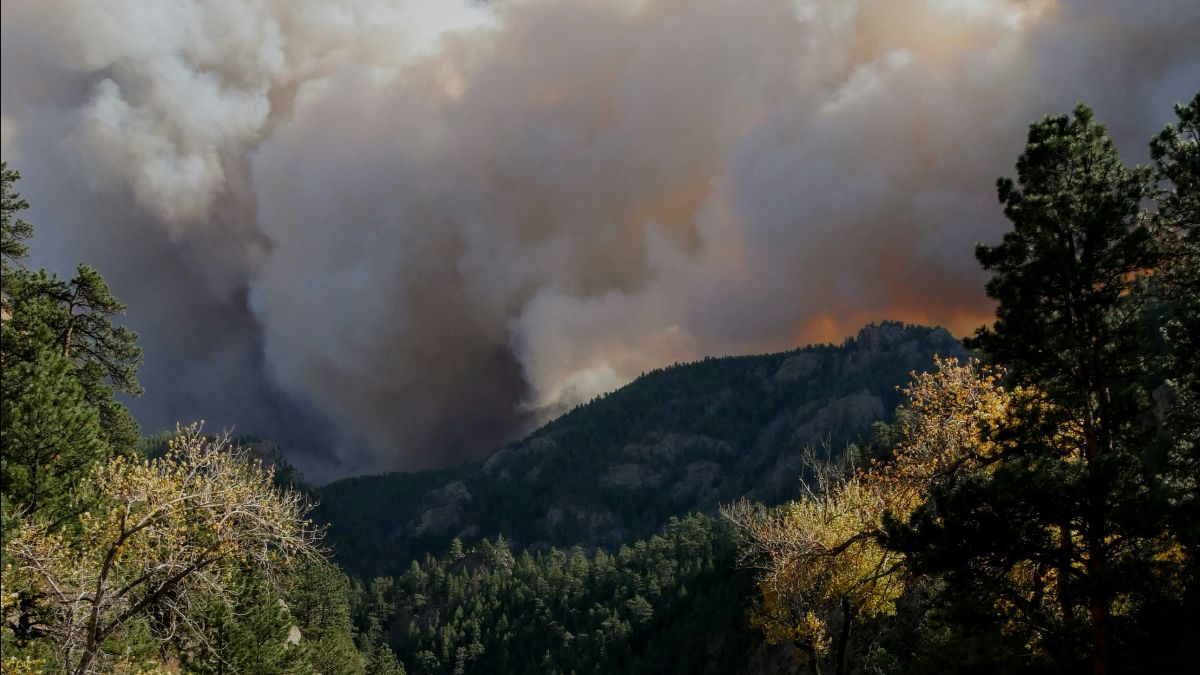World Rewilding Day

March 20th is World Rewilding Day! Started in 2021 by the Global Rewilding Alliance, this day was created to raise awareness about this progressive approach to conservation. Enabling natural processes to shape and repair ecosystems, this type of ecological restoration aims to maximize biodiversity and reduce human impacts on the environment. Cost-effective and practical over small to large extents, rewilding projects aim to protect, restore, regenerate, and nurture the natural world for fresh air, clean water, and landscapes that thrive full of life of all kinds. More than anything, rewilding is a social movement participated in by people from all over the world working to restore areas to make them wild again. Join the movement!
Connectivity Map for the State of Washington

With our considerable experience in wildlife connectivity and spatial modeling, CBI was chosen by the Washington Department of Fish and Wildlife to help produce a comprehensive connectivity map for wildlife in the state of Washington. Working closely with the project core team and a talented Technical Advisory Group comprised of various experts, CBI is providing the integrative science and spatial modeling needed to support the statewide action plan. Work is just getting underway with the first products becoming available during the summer months of this year. Stay tuned for an update as this important project progresses.
Upcoming Data Basin Newsletter

Starting in mid-April, CBI will be coming out with a new, monthly newsletter for our sister website, Data Basin! Be the first to know about new tools, updated datasets, and a few tips and tricks on how best to utilize the site!
Publication: Widespread synchronous decline of Mediterranean-type forest driven by accelerated aridity

Our Senior Research Scientist, Alexandra Syphard, is a co-author of the paper, Widespread synchronous decline of Mediterranean-type forest driven by accelerated aridity. This article highlights the abrupt, large-scale ecosystem change in the form of climate-induced tree mortality. By assessing climatic and productivity trends across the world’s five Mediterranean forest ecosystems from 2000 to 2021, researchers have detected extensive forest browning and productivity decline in Chile – and given the ongoing decline in regional water balance, the sustained recovery of this forest is uncertain. The unprecedented wildfires in Chile, which began last month, are believed to be the deadliest on record killing hundreds of people and reducing entire neighborhoods to ash.
New Publication: The geography of social vulnerability and wildfire occurrence (1984–2018) in the conterminous USA

Rapidly increasing in severity every year, wildfires are a natural hazard that affects different populations unequally. Our Senior Research Scientist, Alexandra Syphard, has co-authored a new publication, The geography of social vulnerability and wildfire occurrence (1984–2018) in the Conterminous USA which explores how characteristics of social vulnerability are associated with wildfire occurrence nationwide. By identifying all non-urban census tracts in the USA that have experienced a wildfire since 1984, and by using 26 different measures of social vulnerability, the research team compared this data to that of non-urban census tracts that have not experienced a wildfire. They found the following notable social vulnerabilities in areas that have experienced wildfire over this time period: (1) higher unemployment rates, (2) higher employment in extractive industries, (3) larger percentage of people living in mobile homes, (4) greater percentage of Native Americans, (5) larger percentage of people with less than 12th-grade education, (6) higher populations of people with special needs.
Having broken the data down into eight different regions and comparing tracts with a high proportion of wildland-urban interface to that of a low proportion of wildland-urban interface, researchers found that these social vulnerability characteristics are generally consistent across all regions of the country.